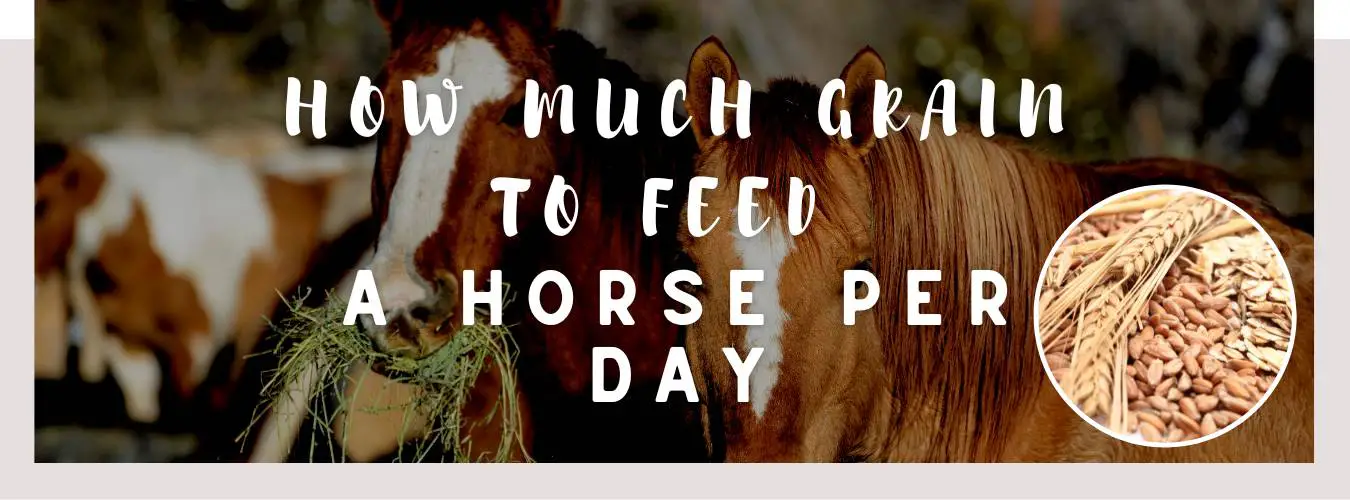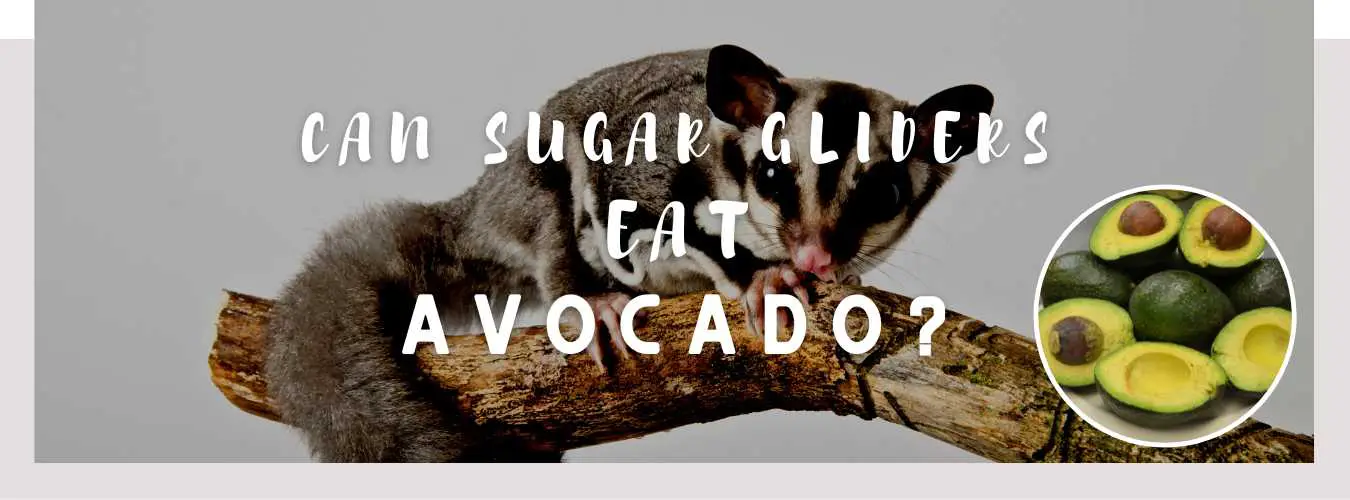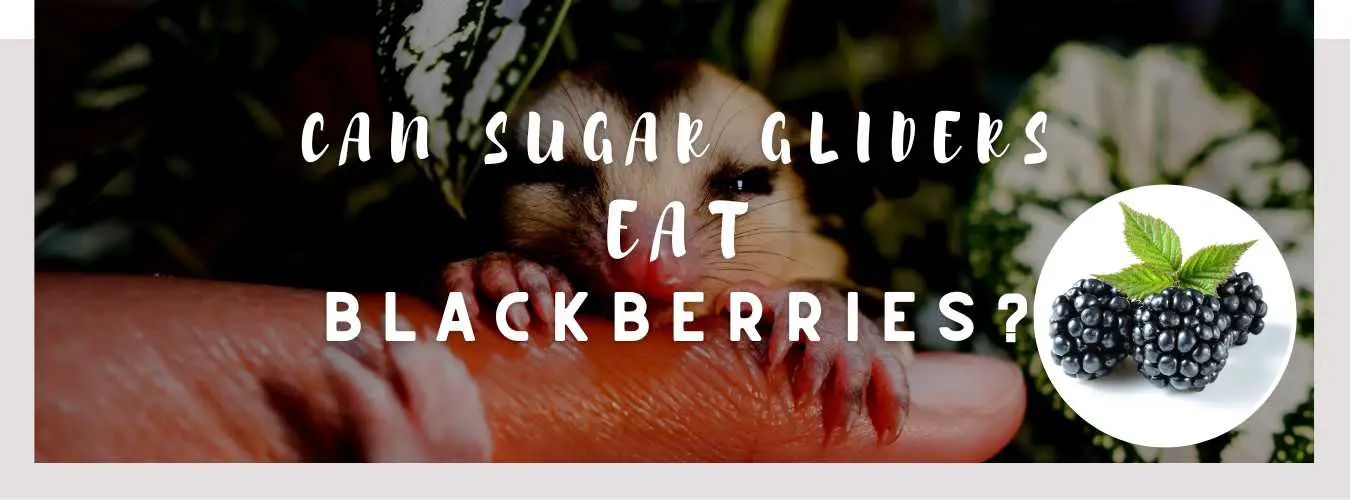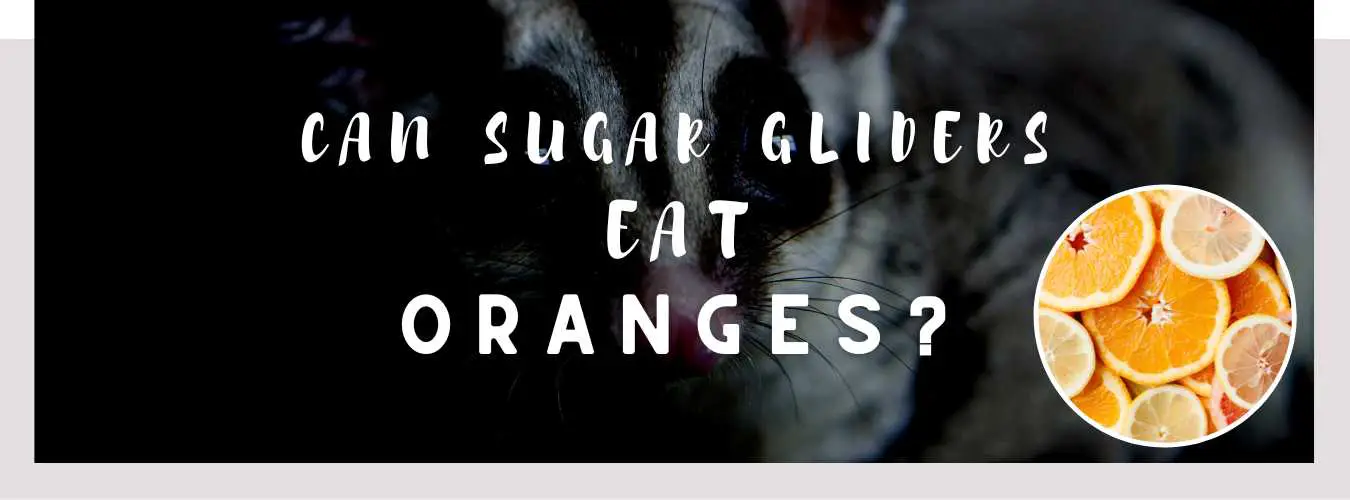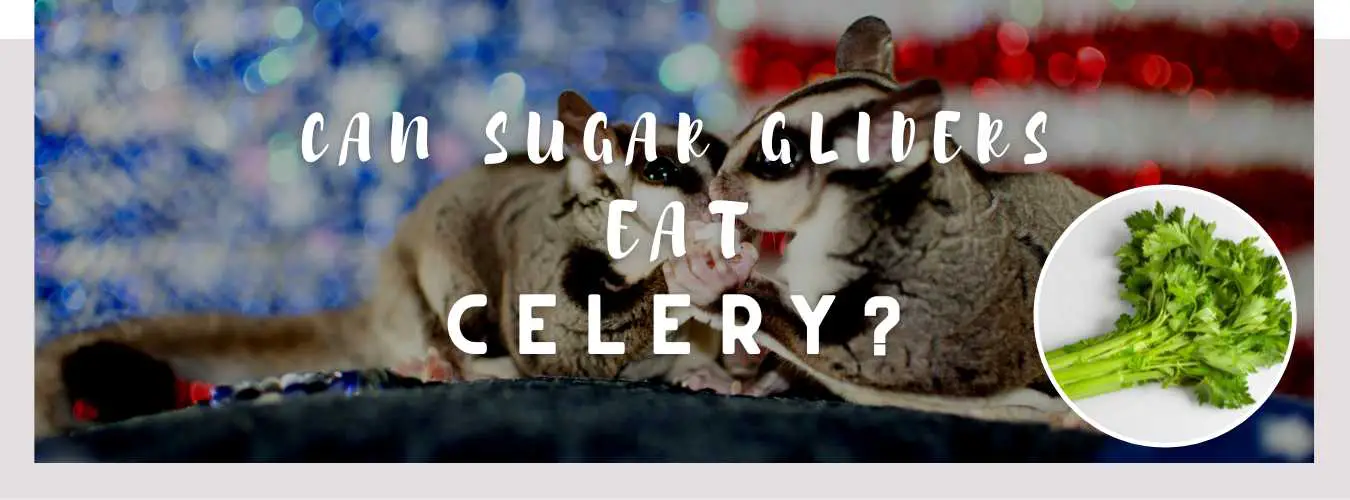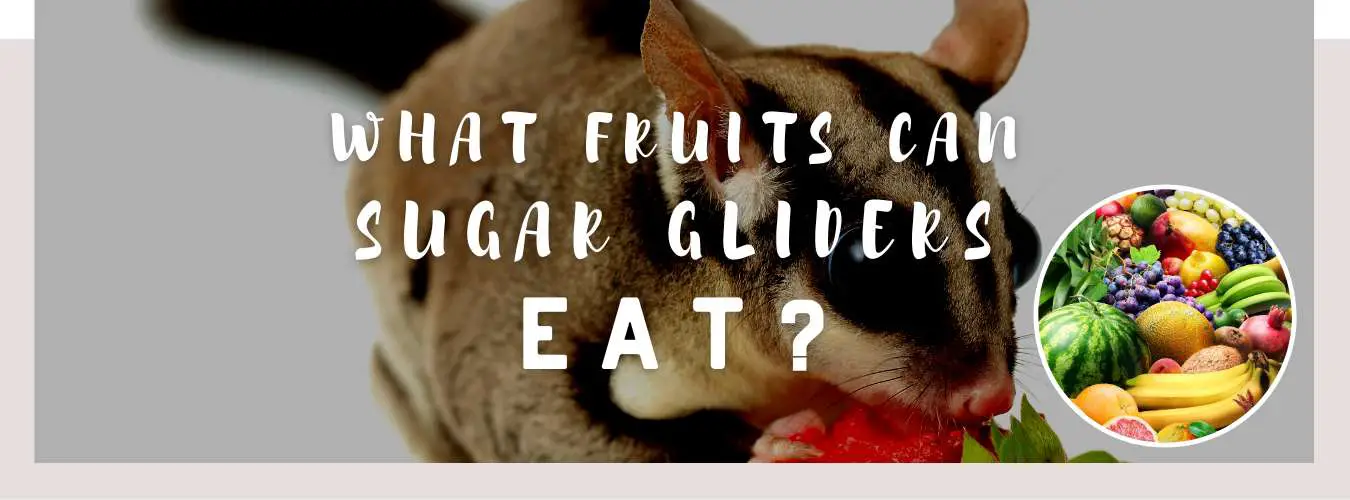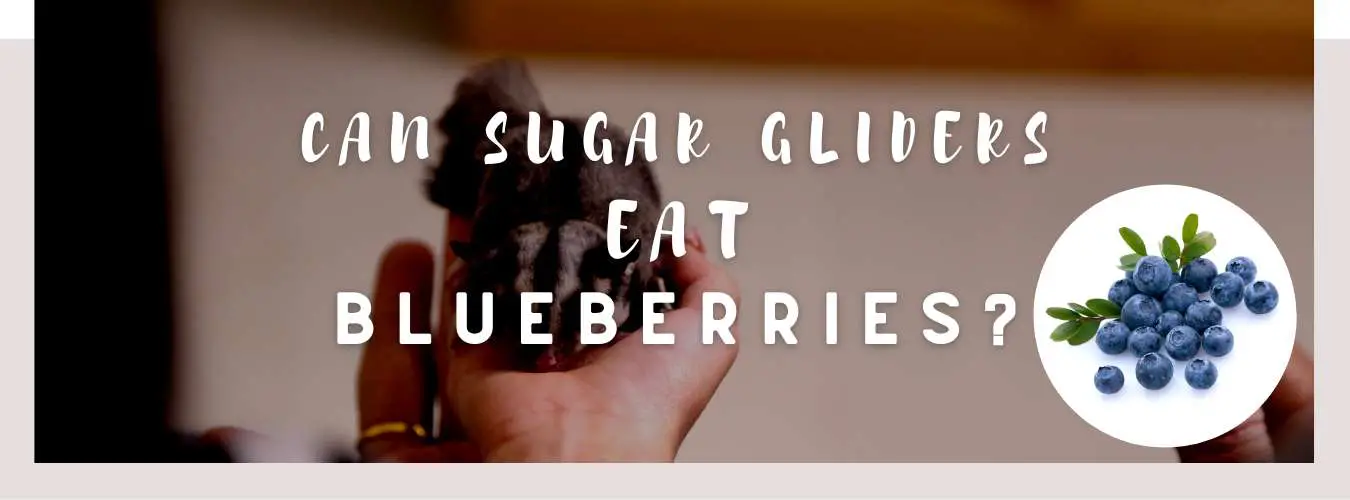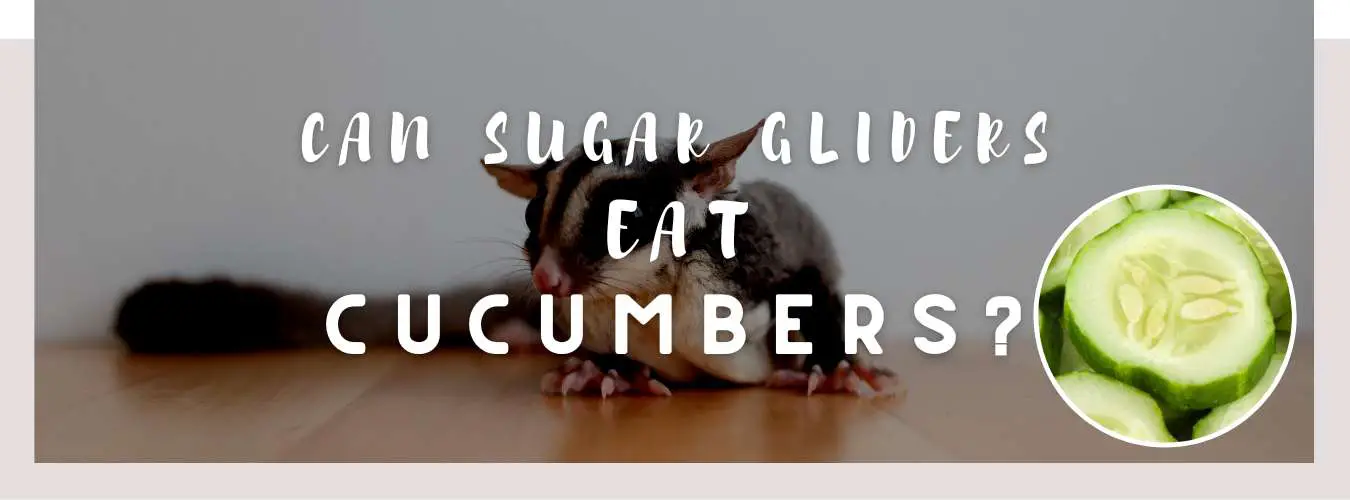
Besides hay, another food your horse will enjoy is grain. However, knowing how much grain to give to your horse is tricky.
This eye-opening article discusses how much grain to feed a horse per day and other important things to consider when feeding horses grain.
Do Horses Need To Eat Grain?
Normally, pleasure and trailer horses do not need grain if you are wondering how much grain to feed your horse per day. But that is not the same with other horses. Grains are often referred to as concentrates rich in the calories horses need.
Feeding your horse grain when it is involved in heavy exercise is advisable.
But note that the same amount of grain is not applicable for all situations and horses. Sometimes you will have to cut back on the grain quantity you feed your horses, and other times, you will need to bump it up a notch.
Although horses engaged in labor may be fed grains, the general rule is to feed them grains often, but in small amounts. How much work they do, how often they work, and how much hay they have eaten are some of the factors to consider when feeding your horse grain.
How Much Grain To Feed A Horse Per Day
Here is the grain feed needed for an average adult and healthy horse of 1000 pounds.
| Activity | Amount of Grain |
| No Work | None |
| Light (1-2 hours per day) | 1-3 lbs. of grain (1-1.5 lbs grain per hour of work) |
| Medium (2-4 hours per day) | 3-8 lbs. of grain (1.5-2 lbs grain per hour of work) |
| Heavy (4 or more hours per day) | 5-10 lbs. of grain (1.5-2.5 lbs grain per hour of work) |
For proper calculation and portioning of grain rations, you can consult your veterinarian or use the National Research Council as a guideline.
Also, note that the daily nutrient your horse needs depends on its health status, activity, age, stage of pregnancy or lactation, and broodmares.
You might also like: Renew Gold Horse Feed Review
What Happens When A Horse Eats Too Much Grain?

Too much of anything is not good. This saying also applies when feeding your horse any grain of your choice. When nutrients are imbalanced, horses get metabolic disorders like epiphysitis, osteochondrosis, and laminitis.
When eaten in excess, corn with the highest energy content can cause obesity in horses. In addition, diets high in grain feeds can cause digestive issues like stomach ulcers and colic.
Grain Feeding Tips
- When feeding your horse grain, go with the rule of “less is more.”
- Keep grain limited to your horses and only provide it when necessary.
- Feed less or no grain to horses that don’t work or participate in any activity.
- Horses need more grain when participating in high-intensity training (sports).
- Feed your horse grains when forage doesn’t suffice for their energy needs.
- Grain is essential when horses are nursing a growing fowl.
You might also like: Cool Stance Horse Feed Review
Popular Grains To Feed Your Horse
It is noticeable that grains fill a significant part of horses’ diets in recent times. Barley, corn, oats, wheat, soybeans, and beet pulp, to mention but a few, are some popular grains fed to horses.
Below are the characteristics and reasons these grains are a significant part of horses’ diets.
Barley
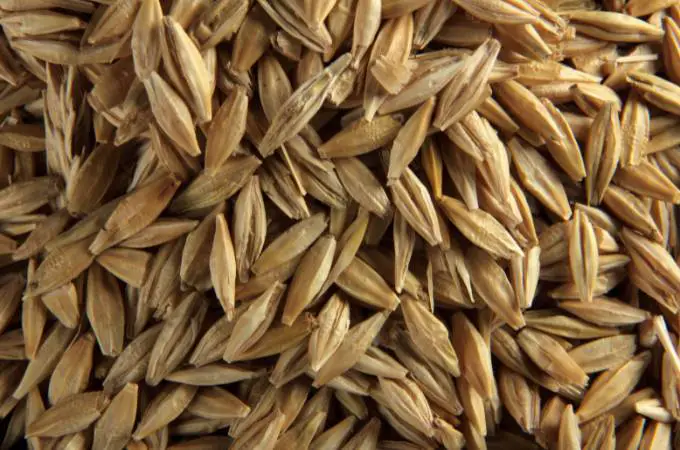
Barley is like oats for your horse but has some distinct characteristics that affect its use. Barley is a heavy feed that has reduced fiber compared to oats. Also, its kernel is harder than an oat’s, so it is rolled before feeding to a horse.
Crushed or ground barley is too heavy and can cause your horse to have colic if fed. So, you either don’t feed this alone to your horse or mix it with a bulkier feed like wheat bran before giving it to your horse.
Corn
As one of the highest energy-dense feeds, corn also contains increased carbohydrates. So, a particular amount of corn includes three times the average amount of oats. In most cases, corn has been ruled too hot to feed horses. Nevertheless, corn is an excellent grain feed for horses that meets their energy needs.
Corn’s quality depends on the moisture content and percentage of well-formed kernels. Hence, there should be fewer spoiled kernels; all kernels should be separated, and there should be less than 14 percent moisture content and no damage by mold or insects.
Highly starched and readily fermented corn can cause damage to horses.
You can feed your horse corn with the following methods:
Ground or crushed corn: This process makes the corn too small. Hence, the horse is likely sick with colic if the corn passes too quickly through the small intestine.
On the other hand, you can feed your horse whole-ear ground corn because the cob is low in energy and rich in fiber.
Cracked corn: This method is perfect because it helps horses digest corn quickly.
On the cob: This is the best presentation for horses that eat their grain too fast. However, horses with weak teeth won’t find this method convenient.
Steamed rolled corn: This technique further processes the corn to ease digestion by providing more room for digestive juices.
Oats
This is the safest and one of the common grain choices to opt for as a horse owner. Its fiber content of about 13 percent makes it a safe bet for horses.
Your horse can meet the nutrient requirements to remain healthy, energetic, active, and strong by eating oats.
Something worth noting is always to ensure that you buy clean and properly stored oats to feed your horse.
Wheat

Wheat is mostly intended for human consumption. So, the by-products of the milling process (wheat bran and wheat middling) are left to feed horses.
Wheat bran is the hard outer part of the kernel, while wheat middling is the fine particle of the wheat kernel derived when milling.
While wheat bran is a 12 percent digestible protein, exceptionally palatable, and often used to add bulk to a horse’s diet, wheat middling should be mixed with a bulky feed before giving it to your horse.
Final Thoughts
Whether a horse can be fed grain depends on many factors, including whether it is a pleasure horse or a labor horse.
You also want to consider how much labor the horse does per day and its weight to arrive at a safe measure of grain to be fed. It is also important that you do not feed the horse too much grain at once.
Grain is perfect when served as smaller meals throughout the day rather than given at once.
I am a huge animal lover and have four dogs, a Labrador, Jack Russell, Pug, and Teacup Yorkie. I also have a cat and a Cockatiel. I have had pets since I was a toddler, and there was not a day when there wasn’t an animal in my house.

